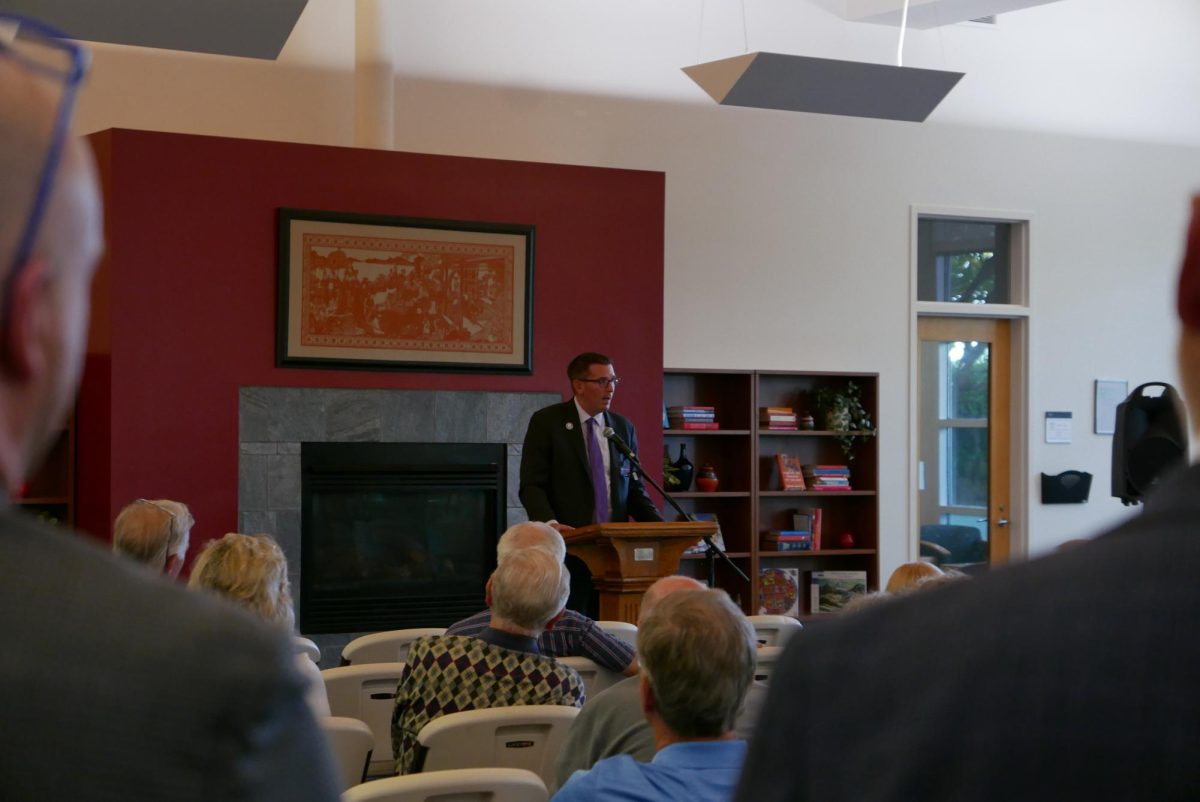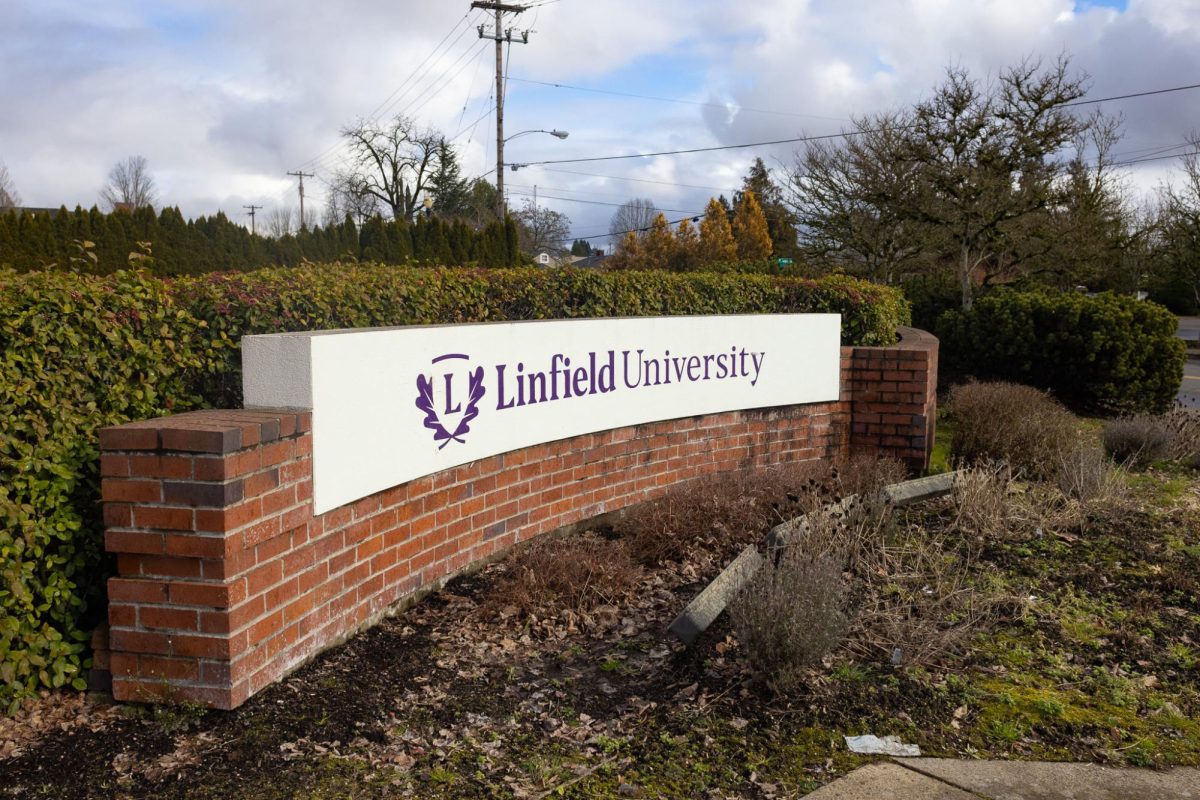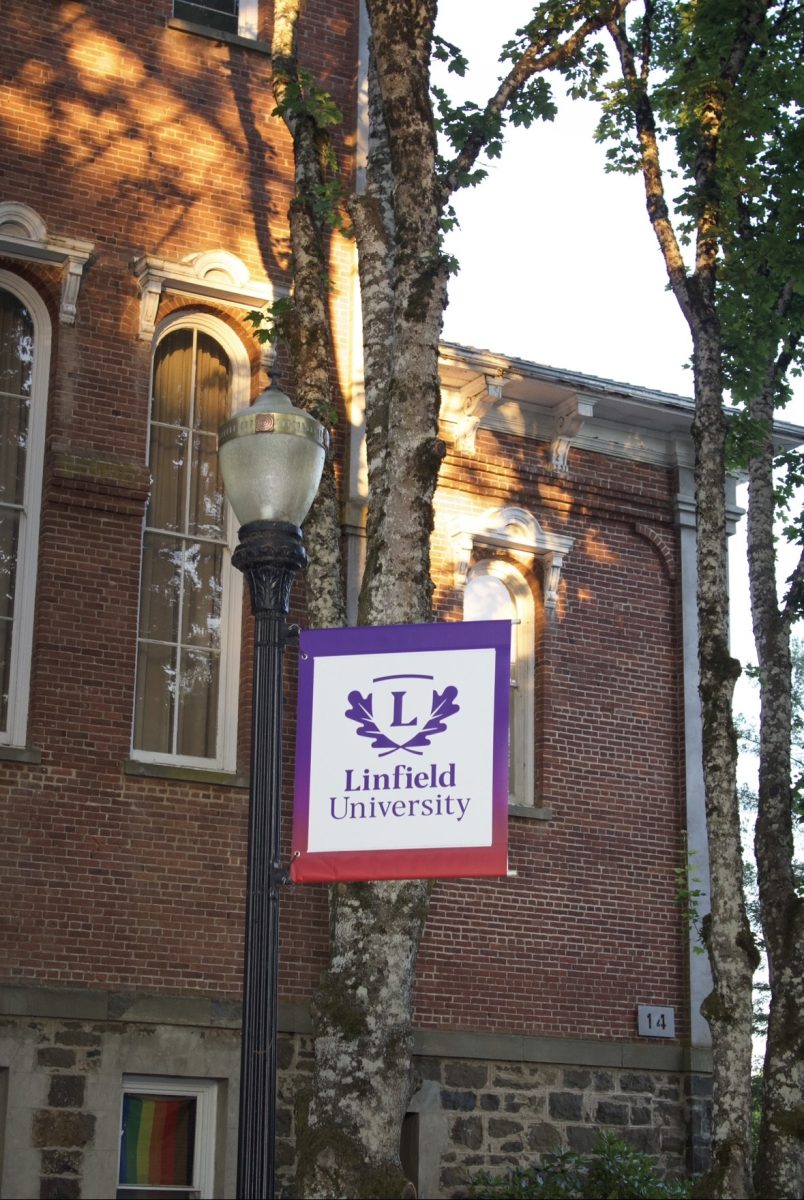ITS spent the summer solving frequent hiccups with the Internet andupgrading existing equipment.
Slowdowns in the network and the renovation of Northup Hall have forced Linfield’s Integrated Technology Services to improve Linfield’s network.
Irv Wiswall, chief technology officer, and Integrated Technology Services, said that the two routers that sorted data in Linfield’s network were chokepoints and were causing network slowdowns.
The upgrade was also inspired by the gutting of Northup Hall for its renovation. Part of the fiber optic line ran through the building and needed to be rerouted.
Fortunately, a tunnel built in a previous renovation project was available for such an event, Wiswall said, Integrated Technology Services increased the number of routers on Linfield’s network from two to eight, and restructured the fiber optic network backbone that carries the information.
“It involved recreating the local virtual local area networks and the configuration of a lot of equipment,” Wiswall said.
The virtual networks are how the computers are organized to organize information on Linfield’s networks.
He also said that the two routers had been overloaded, prompting the quadrupling of their numbers.
There are now eight routers on the Linfield network, and a number of programs have been implemented by Information Technology Services to better organize the interaction between the machines.
Because there are eight of them, less stress is now placed on each router as well.
Routers are to a network what the sorting center is the U.S. Postal Service. Routers tag packets of information and route them to their destinations.Counter-intuitively, the single switch that separates Linfield’s network from the rest of the Internet causes no problems or delays.
Wiswall explained that switches, as opposed to routers, as “dumb” equipment. They don’t track and sort information but serve to link branches of the network together.
In addition to the new routers, more fiber optic cable was added to the line running from Melrose Hall to Graf Hall.
The line was also rerouted around Northup Hall and increased the bandwidth between the two buildings.
Wiswall said statistical tracking software showed a need for the increased bandwidth between Graf and Melrose halls.
Bandwidth is the volume of information a connection can carry.
It is measured in bits per second. Linfield has 100 megabits per second of bandwidth, or 100 Mbit/s.
Wiswall said his department had noticed network slowdowns and outages even when not using all 100 Mbit/s, another reason ITS decided to upgrade the network.
ITS also tried to fix problems with Linfield’s wireless network.
“We looked at the statistics, and most Linfield students are using wireless,” said Wiswall. “While wired connections are better, Linfield’s wireless was worse than it should have been.”
He said the wireless nodes were too independent, creating conflict in the networks when they assigned conflicting IP address to computers.
“They were squabbling,” he said. IP address are given to computers by networks to identify their location within a network.
The network has a new physical layout and is organized by new software to manage these devices and prevent the conflict from happening.
The upgrades are not finished. Wiswall said that configuring the new switches on the network should be done by this weekend.
Wiswall and his staff will also be adding a fiber optic cable to the Legacy Apartments. It will replace the microwave beam that runs between Newby Hall and the Legacies.
Microwaves beams, like information conveyed via laser beam, must have a clear line-of-sight between the transmitter and receiver.
With the cable in place, the Legacies will not lose Internet access if a large truck stops at the traffic light on the highway, if a tree grows in the way or if students pitch tents in the Oak Grove — all incidents that Wiswall said cut the Internet to the Legacies by blocking the microwave beam’s line of sight with the Newby Hall receiver.
Joshua Ensler/News editor
Joshua Ensler can be reached at [email protected].






